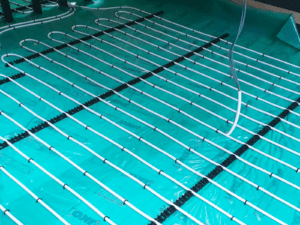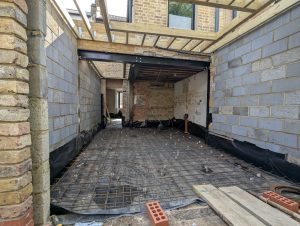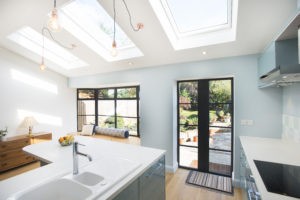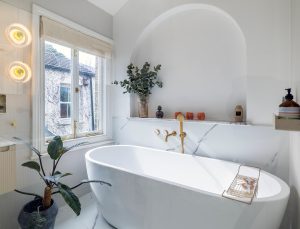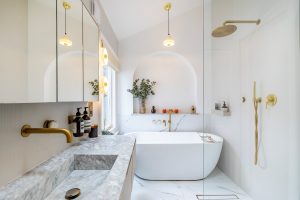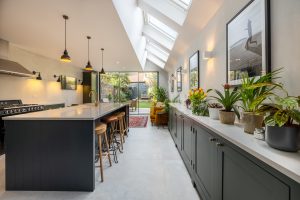If you’re a homeowner planning to extend your Victorian home, you’ve likely encountered some common challenges along the way. Homeowners across the country face the challenge of extending their beloved Victorian homes while preserving their unique character and charm. You might be wondering what type of extension to build and how to avoid the risk of making costly mistakes.
To guide you through the planning process, our team of experts have compiled a list of 5 essential tips. These will help you plan your Victorian home extension with confidence. With years of experience in the field, we understand the unique challenges that come with extending a Victorian home. With our expert guidance, you can avoid pitfalls and make informed decisions that will help you achieve your dream home. From preserving Victorian features to managing the budget, our tips will help you every step of the way.
With extensive experience in home extensions, we understand the challenges with preserving the historical character while also incorporating modern amenities. We understand every homeowner has a unique vision for their home, so join us and learn how to plan your Victorian home extension like a pro! So, whether you’re looking to add a new room, or simply modernise your Victorian home, this article is for you.
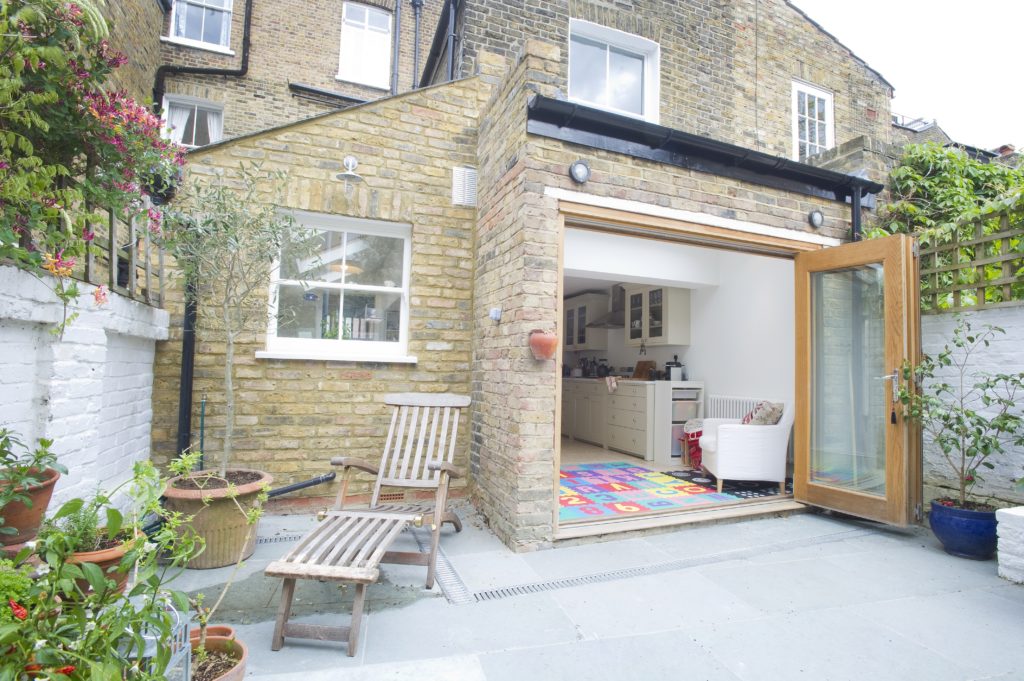
Start With a Clear Vision
Before you start planning your extension, take the time to think about what you want to achieve. What do you want to use the space for? How will it blend with the rest of your home? Having a clear vision will help guide the design process and ensure the result meets the needs of your family.
When thinking about your vision, start by considering what you want to use the space for. Do you need more living space for your family, or are you looking to create a new home office? Are you considering an open-plan kitchen and dining area or a cosy sunroom where you can relax with a book? Think about how you will use the space and what features and amenities are important to you.
Next, consider how your extension will blend with the rest of your home. Victorian homes are known for their unique architectural features, such as ornate woodwork, decorative trim, and intricate details. It’s essential to work with an experienced architect and builder who understands the historical architecture of your home. One who can also help you create an extension that complements its style. You may want to consider using similar materials to tie the new space in with the existing home.
Once you have a clear vision for your extension, start working with your architect to bring it to life. They’ll use it as a starting point to create a design that meets your requirements while also preserving its historic character. A clear vision will ensure your extension reflects your unique style and blends seamlessly with the rest of your home.
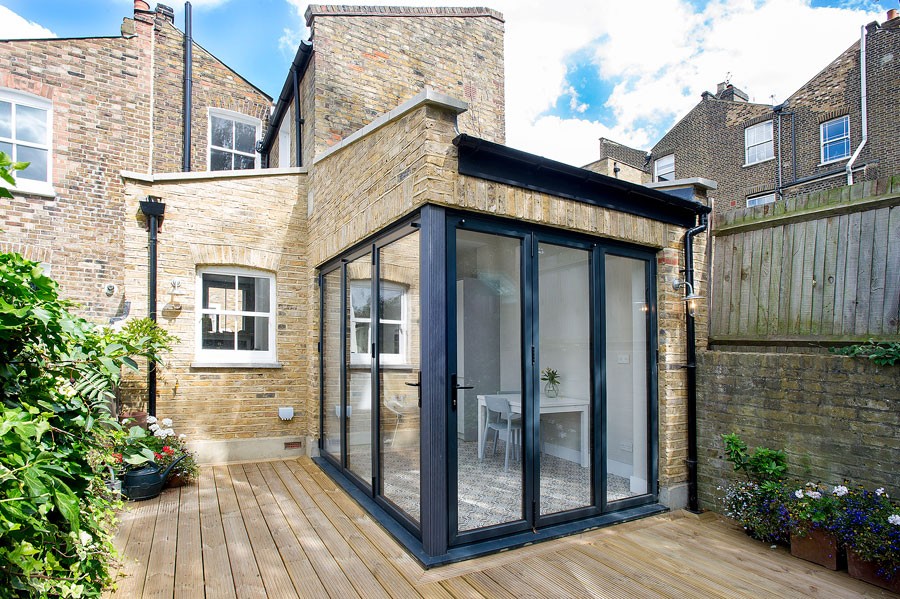
Preserve the Historical Characteristics
One of the key challenges in extending a Victorian home is preserving its unique character and charm. These homes are known for their ornate architectural details, and it’s important to maintain their elegance when designing an extension. This can be challenging, but working with an experienced architect who understands historical architecture can make all the difference.
When planning an extension, it’s important to consider the existing features of your Victorian home. Your architect can help you identify these key elements and incorporate them into the new design. It’s also important to consider the materials used in the original construction of your home. For example, many Victorian homes feature brickwork, ornamental ironwork, and decorative tiles. Using these same materials ensures the new space blends with the rest of your home and maintains its historical integrity.
Another important consideration is the scale and proportion of the extension. Victorian homes typically have high ceilings, large windows, and spacious rooms. When designing an extension, it’s important to maintain these proportions to ensure the new space feels like a natural extension of the existing home.
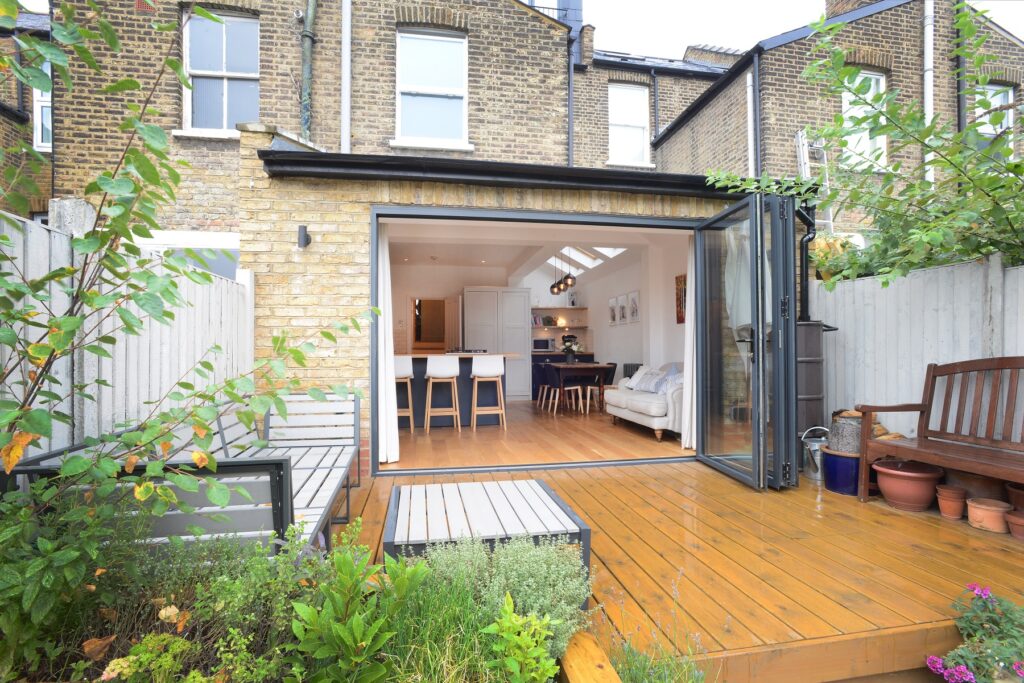
Maximise Natural Light
Victorian homes are known for their narrow and often dark interiors. With the right design and materials, however, you can maximise natural light and create the illusion of more space. There are several ways to bring more natural light into your home extension. One option is to add skylights. This can be especially effective in rooms with limited wall space, such as a loft conversion or a narrow hallway. Skylights can provide a source of natural light from above, creating a brighter and more welcoming space.
Large windows and doors are another effective way to bring in natural light. Consider adding bay windows or bi-fold doors to the new space, which can increase the amount of natural light and offer stunning views of the outdoors. The placement of windows is also essential in maximising natural light. Strategically placed windows can help to bring in light from different angles throughout the day, creating a bright and welcoming space.
A conservatory is another popular option for bringing in natural light and creating a more open feel in a Victorian home. A conservatory is typically a glass structure that is attached to the house and provides a unique space for relaxing, entertaining, or even gardening. It can be an excellent addition to a Victorian home, creating a seamless connection between indoor and outdoor spaces and providing a bright and airy feel.
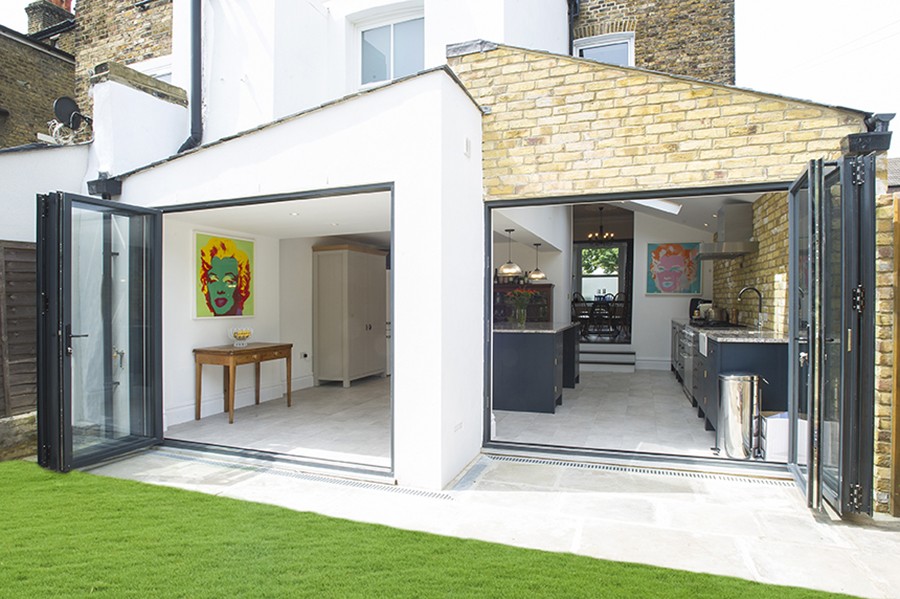
Plan Your Budget Carefully
Home extensions can be costly, so it’s important to plan your budget carefully from the outset. Work with an experienced architect who can help you prioritise your needs and make informed decisions about materials and construction.
Planning your budget carefully is an essential aspect of any home extension project. This is particularly important for Victorian homes, which often require careful attention to detail and special considerations. A well-planned budget can help you avoid overspending and ensure you get the most value for your investment.
When planning your budget, it’s important to consider all the costs associated with your home extension project, including materials, labour, permits, and design fees. It’s also important to budget for unexpected expenses, such as structural issues or delays in construction. Working with an experienced architect who understands Victorian architecture and construction can help you to avoid costly mistakes and make informed decisions about your budget.
Your architect can help you prioritise your needs and identify areas where you can save money without compromising quality. For example, they may be able to recommend alternative materials that can achieve the same look and feel as more expensive options. They can also help you to make decisions about the design of your extension that can impact the cost of construction, such as the size and layout of the space.
Another important consideration when planning your budget is the timeline for your project. A longer timeline can mean increased costs for materials and labour, so it’s important to work with your architect to create a realistic timeline that considers your budget and goals for the project. Again, working with an experienced architect can help you navigate the process and ensure you get the most value for your investment.
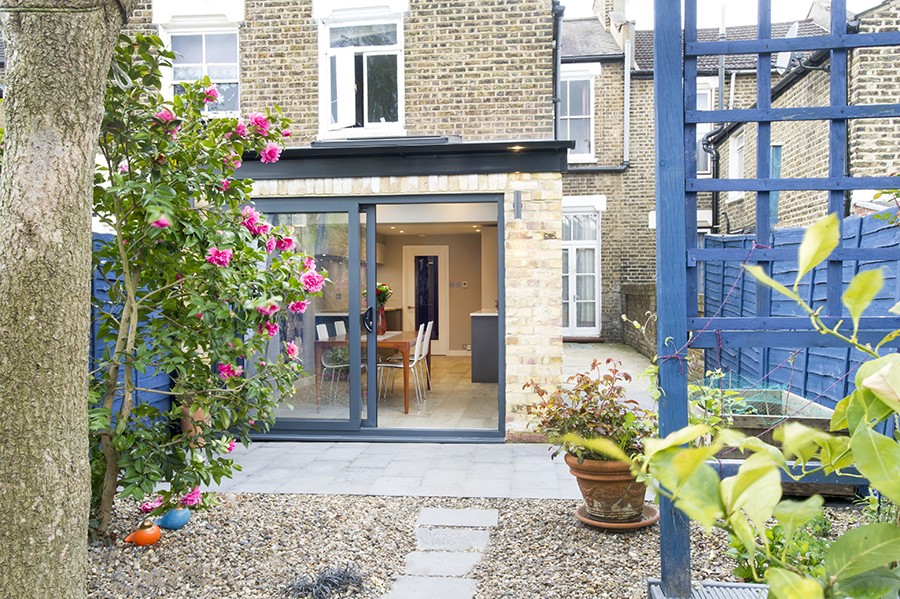
Think About the Future
When planning your extension, think about how it will fit into your long-term plans for your home. Will it add value to your property? Will it meet your changing needs as your family grows and evolves? Thinking about the future is an important aspect of any home extension project, and it’s particularly important for Victorian homes, which are often treasured for their historical significance and character.
One important consideration is how your extension will add value to your property. Adding square footage and functional living space can increase the value of your home and make it more attractive to potential buyers in the future. By choosing a design that complements the style and character of your Victorian home, you can create an extension that enhances the overall value and curb appeal of your property.
Another consideration is how your extension will meet your changing needs as your family grows and evolves. For example, if you plan to start a family, you may want to include a nursery or additional bedrooms in your extension. It’s also important to consider the practicality of your extension over time. For example, will it require regular maintenance or repairs? Will it be energy-efficient and cost-effective to run? By thinking ahead and considering these factors, you can ensure that your extension is a smart investment that will serve you well for years to come.


